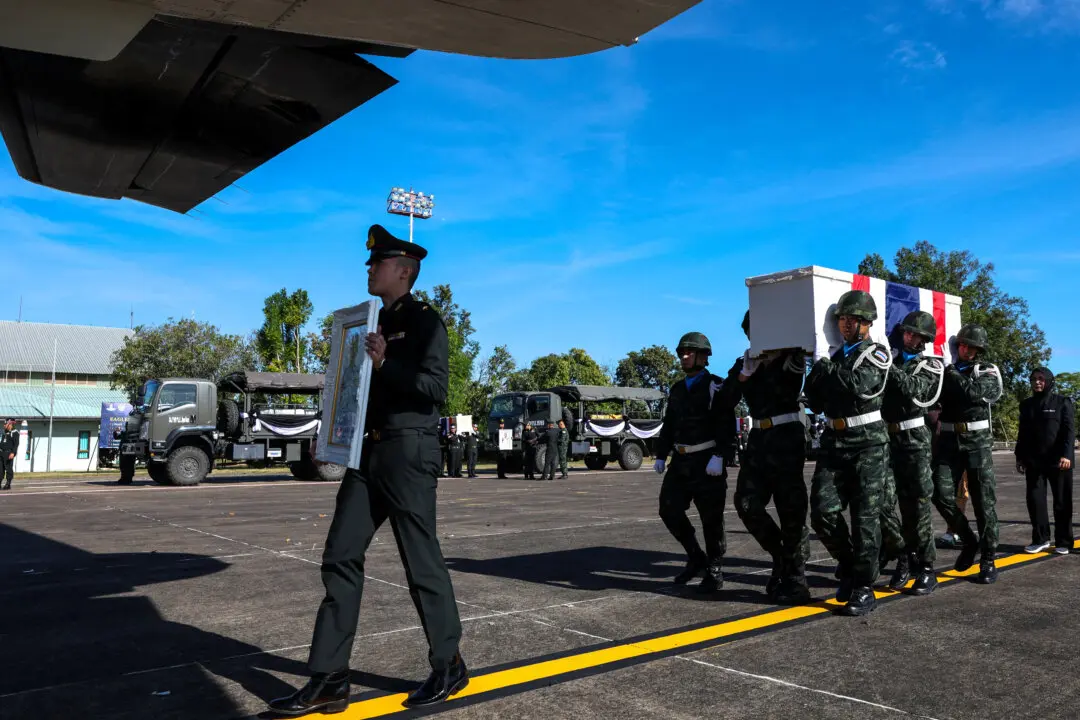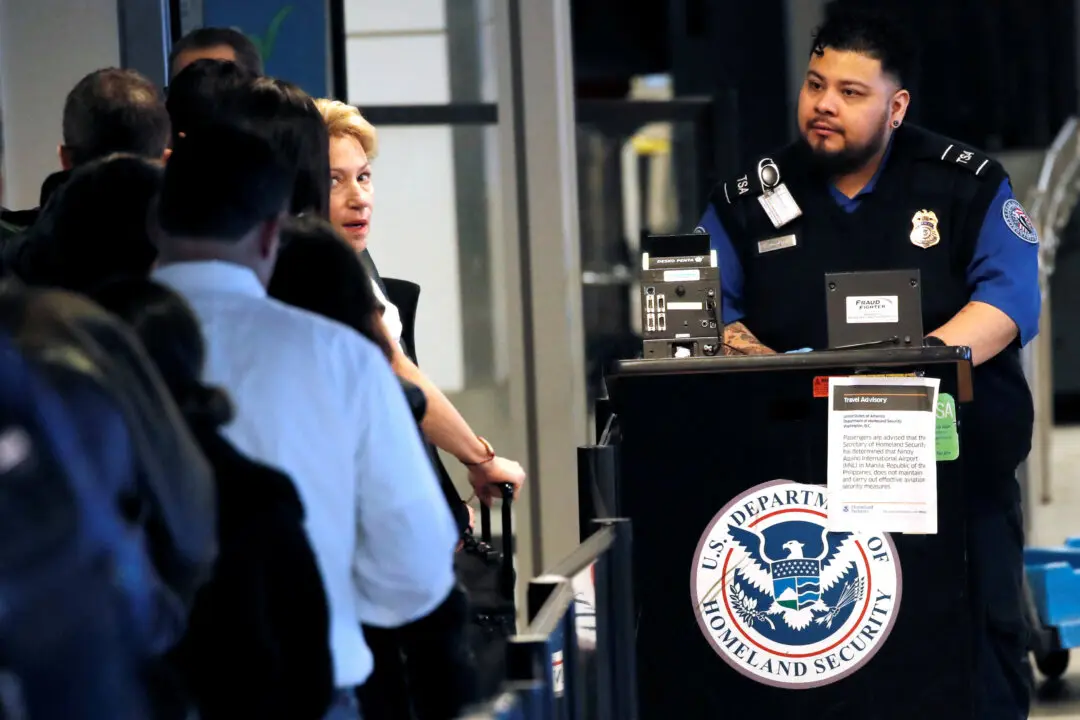OUTSKIRTS OF BAGHOUZ, Syria—The ISIS terrorists group faces final territorial defeat as the U.S.-backed Syrian force battling the jihadists said on Saturday, March 3, it was closing in on the jihadists’ last bastion near the Iraqi border, capping four years of efforts to roll back the group.
While the fall of Baghouz, an eastern Syrian village on the bank of the Euphrates River, would mark a milestone in a global campaign against ISIS, they remain a threat, using guerrilla tactics and holding some desolate land further west.




